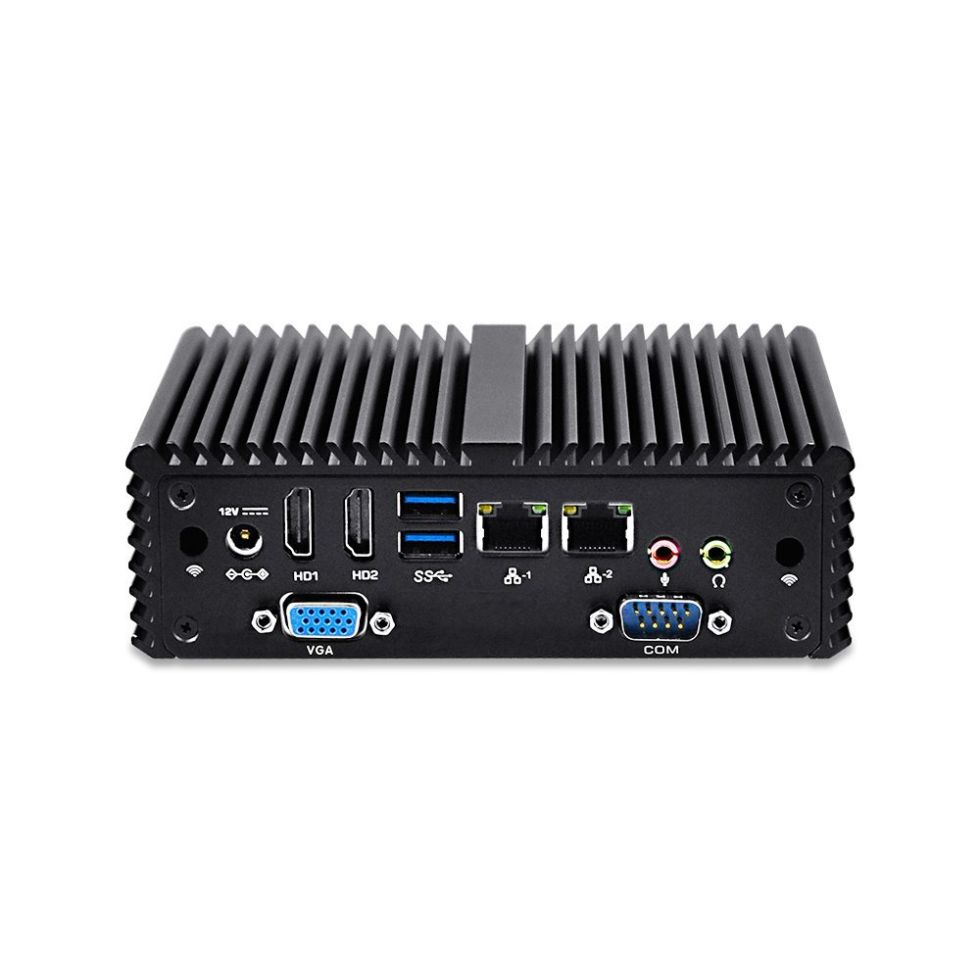Don't look now: Our long-running System Guide building series has returned for 2017.

In classic Ars system guides, we assumed that everybody wants the same thing out of a computer—the only question is how much you spend. And in that case, the beloved "Budget Box / Hot Rod / God Box" classifications made a lot of sense.
In this latest era of the guide, though, I'd like to branch out a little. System builds are getting more and more task-focused and specific—and that's not a bad thing. The modern geek doesn't just have one computer per household, or even one computer per geek.
So in our first guide for 2017, we're going to look at three separate systems anybody might want: the Thriftstation, the Workstation, and the Battlestation. They still range from least to most expensive, but they also have distinctly different foci. The Thriftstation makes a great silent HTPC (home theater) or unobtrusive, low-cost general-purpose machine. The Workstation steps things up and aims at serious office work, medium design work, and/or light gaming. And the Battlestation gets serious about FPS (c'mon) and pwning noobs.
You've waited long enough as is, let's get to the builds.
The Thriftstation—$558
Our least-expensive build, the Thriftstation, focuses on getting simple jobs done cheaply, effectively, and unobtrusively. Some Arsians might consider this one cheating, because there's not a whole lot of "building" to it at all: we're going to start with the Qotom line of miniature PCs.
FURTHER READING
The Router rumble: Ars DIY build faces better tests, tougher competition
You may remember these from my Router Rumble article. These make great routers, but they also make great HTPCs and surprisingly capable general-purpose desktops as well. They're completely quiet, draw less power than most LED light bulbs, and can even be mounted directly to the back of a standard TV set or monitor for an effectively "invisible" installation.
You can buy a Qotom (or similar) mini-PC of this type fully assembled, but we're going with a barebones model. Specifically, the Q150P-S108 is a barebone config featuring a Celeron N3150 quad-core CPU preinstalled on a motherboard in a small, rugged chassis. We'll need to add our own RAM and storage to this config, plus we'll install the operating system of our choice. This option lets us make sure we don't get some dodgy off-brand SSD that we might not want to trust... and it allows us to dial in our selection of components even further. If you want an HTPC, for example, you probably don't need or want a Windows license; instead install Kodi on your new mini-PC and get going. The barebones PC itself runs $160 on Amazon right now, including shipping (from mainland China to the USA).
For most users, we're going to assume that you're starting from scratch and that you want a general purpose Windows 10 PC for light office work and Internet browsing. With this goal, we'll need a Windows 10 license, some RAM, and a hard drive. We'll also want a Wi-Fi adapter, monitor, keyboard, and mouse. After putting all that together, we've got a nice little machine that bolts right to the back of a monitor, is absolutely silent, won't suck dust bunnies into the case, and is surprisingly competent for light office work, Web browsing, and maybe even a little Web-based gaming.
Hi! I am a robot. I just upvoted you! I found similar content that readers might be interested in:
https://arstechnica.com/gadgets/2017/12/ars-system-guide-december-2017/
Downvoting a post can decrease pending rewards and make it less visible. Common reasons:
Submit